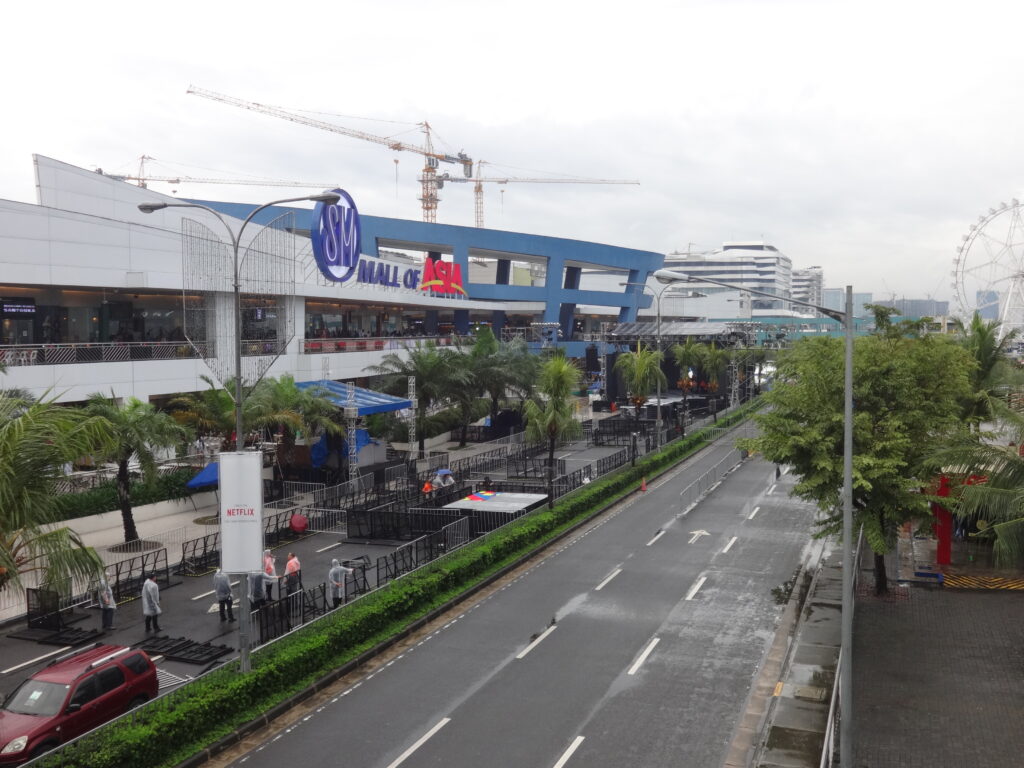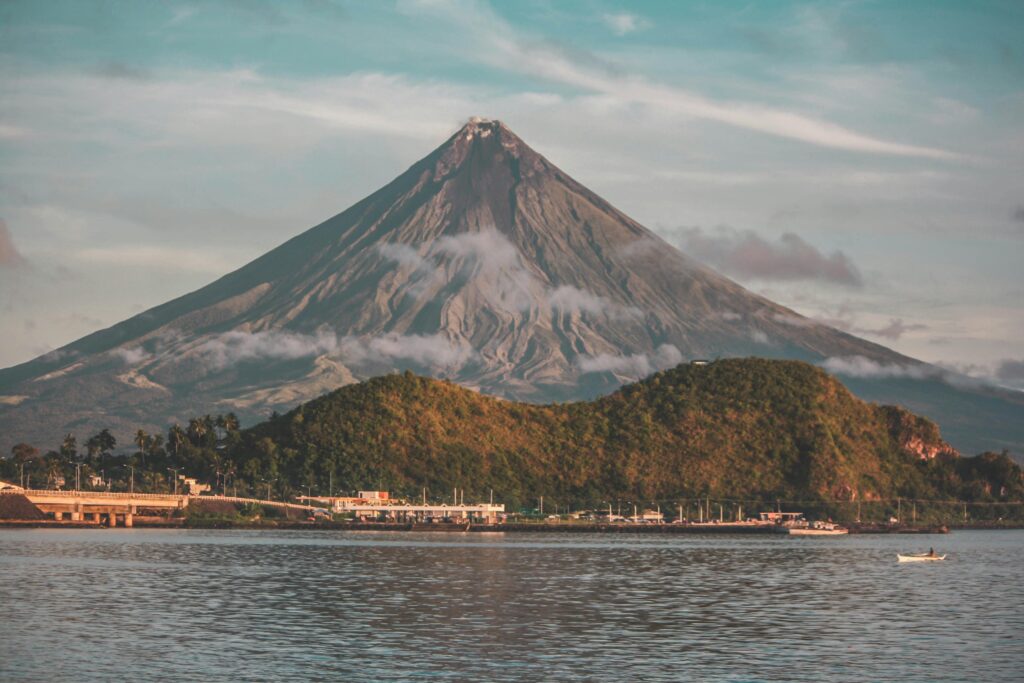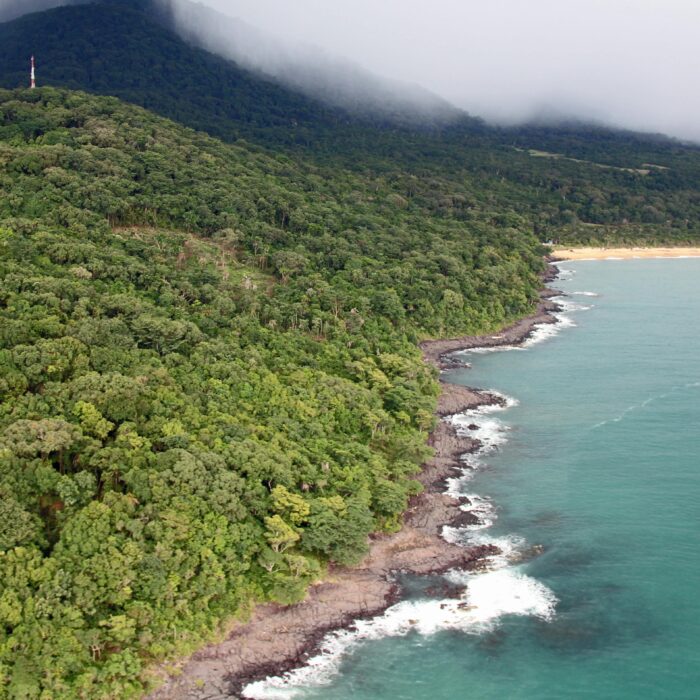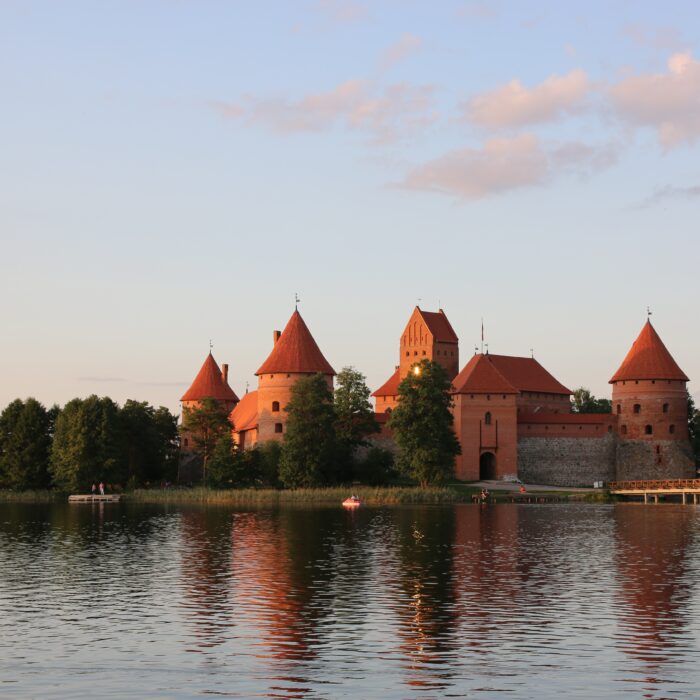1. The Philippines is one of the most Catholic countries in the world
The Philippines is indeed one of the most Catholic countries globally. Approximately 80% of the population identifies as Roman Catholic, making it the predominant religion in the country. The influence of Catholicism is evident in various aspects of Filipino culture, including traditions, festivals, and even daily life. The country is known for celebrating vibrant and elaborate fiestas dedicated to patron saints, showcasing the deep-rooted connection between faith and Filipino identity.
2. The Philippines is an island nation (lots of islands!)
The Philippines is an archipelago consisting of over 7,000 islands, making it one of the most remarkable island nations in the world. This extensive collection of islands is spread across the western Pacific Ocean in Southeast Asia. Navigating through the archipelago, you’ll encounter diverse landscapes, from pristine beaches and coral reefs to lush mountains and tropical forests. The sheer number of islands provides a vast array of travel opportunities, each with its own unique charm and character. It’s a paradise for beach lovers, adventure seekers, and those fascinated by the beauty of island life.

3. Filipino is the official language, but most citizens know English
While Filipino (based on Tagalog) is the official language of the Philippines, English is widely spoken and understood throughout the country. The Philippines has a bilingual education system, and English is taught in schools from an early age. This has led to a high level of English proficiency among Filipinos, making communication relatively easy for English-speaking visitors. The use of English is prevalent in government, business, education, and the media, contributing to the Philippines’ reputation as one of the largest English-speaking nations in Asia.
4. The Philippines has some of the biggest shopping malls in the world
The Philippines boasts some of the largest shopping malls globally, reflecting the Filipinos’ love for shopping and leisure activities. The most famous example is the SM Mall of Asia in Manila, which held the title of the world’s third-largest shopping mall at the time of its opening. These malls are not just shopping destinations; they are comprehensive entertainment complexes featuring a diverse range of facilities, including cinemas, bowling alleys, ice skating rinks, and even amusement parks. Shopping in these massive malls is not just a retail experience but also a cultural and social activity deeply ingrained in Filipino lifestyle.

5. Filipinos’ favorite sports are boxing and basketball
Boxing and basketball hold a special place in the hearts of Filipinos and are considered two of the most popular sports in the country.
Basketball: Often referred to as the national sport of the Philippines, basketball enjoys widespread popularity at all levels of society. It’s not uncommon to see makeshift courts in neighborhoods, and almost every community has its own basketball court. The Philippines has a fervent basketball culture, and local leagues and school competitions contribute to the sport’s popularity.
Boxing: Boxing has a massive following in the Philippines, thanks in large part to the country’s boxing icon, Manny Pacquiao. Pacquiao, a legendary figure in the sport, has brought international attention to Filipino boxing. His success has inspired countless Filipinos to pursue boxing, and the sport has become a source of national pride.
6. Also, Filipinos are very fond of karaoke
Filipinos love karaoke—it’s a national pastime. Whether in homes, bars, or public spaces, singing brings people together for fun and camaraderie. The term “videoke” is often used, combining video and karaoke, highlighting the popularity of singing along to music videos.

7. Filipinos drive mostly Japanese vehicles
Japanese vehicles dominate the roads in the Philippines. Brands like Toyota, Honda, Nissan, and Mitsubishi are particularly popular among Filipinos for their reliability, fuel efficiency, and adaptability to local driving conditions. The preference for Japanese cars reflects their affordability, durability, and the extensive network of service centers across the country. It’s a common sight to see streets filled with cars from these Japanese automakers, showcasing their widespread presence in the Philippine automotive landscape.
8. And you’d be surprised, but the Philippines is right-hand drive, despite the Japanese vehicles
Despite the prevalence of Japanese vehicles, the Philippines switched from left-hand drive to right-hand drive in 1946 after gaining independence from the United States. The change aimed to align with neighboring countries in Southeast Asia, contributing to easier traffic flow and enhanced road safety.
If you are planning to visit the Philippines, don’t forget to check the need for an International Driver’s License in the Philippines for you.

9. Filipinos are very polite
Filipinos are known for their warm hospitality and politeness. It’s ingrained in their culture to be respectful and considerate, whether in everyday interactions or formal settings. Greetings, “po” and “opo” (signs of respect), and expressions of gratitude are commonly used, reflecting the importance of manners in Filipino society. This cultural trait creates a welcoming atmosphere for visitors and contributes to the renowned friendliness of the Filipino people.
10. There is a very large variety of animals and birds in the Philippines
The Philippines is a biodiversity hotspot, showcasing a remarkable variety of animals and birds. Its diverse ecosystems, ranging from tropical rainforests to coral reefs, harbor unique and endemic species. From the critically endangered Philippine Eagle to the tiny tarsier, the country is a haven for diverse mammals, reptiles, and amphibians. With over 700 bird species, including the vibrant Philippine Tarsier and the Palawan Peacock-Pheasant, the Philippines is a paradise for birdwatchers. This rich tapestry of wildlife makes the country a must-visit for nature enthusiasts and those eager to witness the beauty of unique and endangered species.

11. Spain ruled the Philippines for 333 years
The Philippines was under Spanish colonial rule for a significant period, spanning 333 years. The Spanish colonization began in 1565 when Miguel López de Legazpi arrived in Cebu. Over the centuries, the Spanish influence deeply impacted Filipino culture, language, religion, and governance. The Philippines remained a Spanish colony until the Treaty of Paris in 1898, following the Spanish-American War, when the Philippines was ceded to the United States. This extended period of Spanish rule left an enduring imprint on the Philippines, shaping many aspects of its history and identity.
12. There are a lot of volcanoes in the Philippines and they are active
The Philippines has numerous active volcanoes, with over 20 in total, due to its location in the Pacific Ring of Fire. Notable ones include Mount Mayon and Taal Volcano, adding both scenic beauty and occasional volcanic activity to the country’s landscape

13. The capital city of the country is Manila and it is made up of many cities
Manila is the capital city of the Philippines and is part of the National Capital Region (NCR), commonly known as Metro Manila. However, Metro Manila is not just one city; it’s a sprawling metropolis made up of multiple cities and municipalities. These include Makati, Quezon City, Pasig, Taguig, and others. Each city within Metro Manila has its own unique character and attractions, contributing to the vibrant and diverse tapestry of the Philippine capital.
14. The country is now actively fighting drugs and often in very violent ways
The Philippines has been actively addressing drug-related issues through a controversial anti-drug campaign. While the government emphasizes crime reduction, critics raise concerns about alleged human rights violations and extrajudicial measures. The campaign has sparked debates both domestically and internationally.
15. Tourism is a serious industry for the Philippine economy – it’s an interesting country to visit

Tourism is a vital industry for the Philippine economy, and the country is indeed a fascinating destination to explore. With its stunning beaches, vibrant cultural heritage, diverse landscapes, and warm hospitality, the Philippines offers a unique and enriching experience for visitors. Whether you’re into adventure, relaxation, or cultural immersion, the Philippines has something to offer for every type of traveler.

Published December 21, 2023 • 7m to read





